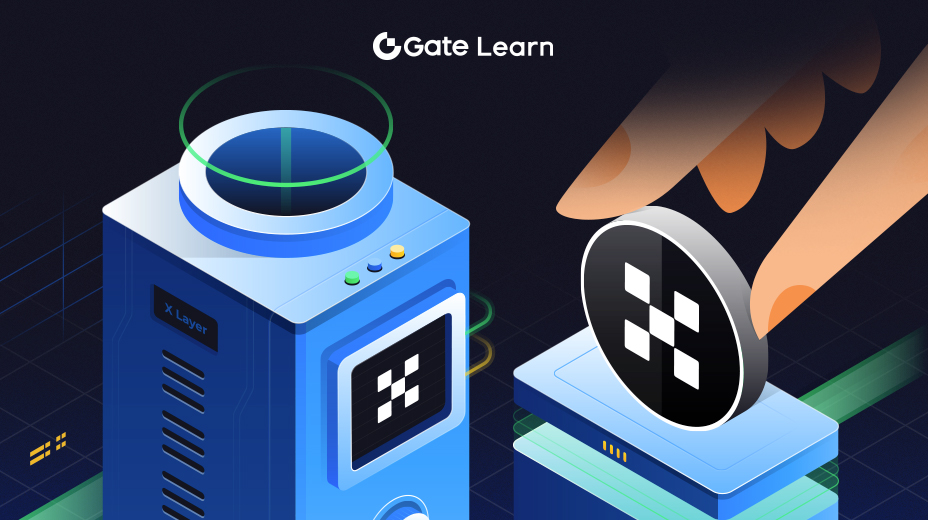Architecture and Design Principles
The technical architecture of the Bitcoin Virtual Machine (BVM) is designed to enhance the Bitcoin network by enabling the execution of smart contracts and decentralized applications (dApps). It introduces functionalities traditionally associated with platforms like Ethereum while maintaining Bitcoin's inherent security and decentralization.
BVM as a State Machine
BVM works as a state machine, similar to the Ethereum Virtual Machine (EVM), enabling the execution of smart contracts by interacting with Bitcoin’s blockchain for data and transaction validation. BVM ensures compatibility with Bitcoin’s existing framework without requiring modifications to its base protocol, by embedding contract data into Bitcoin transactions through Taproot-enabled scripts. This approach ensures that Bitcoin remains immutable while gaining new programmability capabilities.
Execution Layers
BVM’s architecture includes multiple execution layers to manage contract processing and transaction validation. The system is designed to offload computationally intensive tasks to Layer 2 solutions while ensuring that essential data is recorded on Bitcoin’s blockchain. This division of labor allows for more efficient processing and supports scalability for higher transaction volumes.
Execution layers manage:
- Off-chain computation for contract execution.
- On-chain data validation for final settlement.
- Interaction with external services, such as decentralized data storage oracles, for additional functionalities.
Consensus and Verification
BVM relies on Bitcoin’s Proof-of-Work consensus mechanism to ensure the security and finality of transactions. By operating on Bitcoin’s existing infrastructure, BVM avoids introducing new consensus mechanisms, maintaining the network’s established reliability. Smart contract transactions processed through BVM are verified and stored on the Bitcoin blockchain, ensuring consistency and transparency.
For contract validation, BVM employs a challenge-response system. This system allows participants to dispute invalid transactions by providing cryptographic proof, ensuring that the network remains accurate and secure.
Data Storage and Availability
The BVM architecture includes data embedding techniques that store contract-related information within Bitcoin transactions. These techniques use the witness data field in Taproot-enabled transactions, allowing developers to store programmatic instructions and execution data without interfering with transaction logic. This method ensures that data remains accessible and verifiable while preserving Bitcoin’s transaction structure.
To address scalability, BVM integrates with external data availability solutions such as Filecoin and Celestia. These platforms provide additional storage capacity for large datasets, reducing the load on Bitcoin’s blockchain while maintaining data accessibility.
BVM implements isolation mechanisms to ensure that smart contracts operate independently. By sandboxing contract execution environments, BVM prevents unintended interactions between contracts, reducing the risk of cascading failures. This approach enhances stability and ensures that individual contracts can be executed without interference.
Integration with Taproot
Taproot technology is central to BVM’s integration with Bitcoin. Taproot transactions allow for efficient encoding of data and execution scripts, enabling advanced functionalities while preserving privacy and reducing transaction size. By utilizing Taproot, BVM ensures that contract data remains compact and compatible with Bitcoin’s network standards.
The Taproot-enabled witness data field is used to store contract execution data. This field provides sufficient space for storing cryptographic proofs, state updates, and execution logs, ensuring that the blockchain remains a reliable source of truth for all contract-related activities.
Scalability Mechanisms
BVM employs several scalability mechanisms to support increased transaction throughput and reduce costs. These mechanisms include:
- Rollups: Both optimistic and zero-knowledge (zk) rollups are supported. Optimistic rollups process transactions off-chain and submit proofs of validity to the main chain. zk-rollups generate cryptographic proofs to verify transactions without revealing the underlying data, enhancing privacy.
- Sidechains: Sidechains operate as independent blockchains that interact with Bitcoin through a two-way peg. They enable developers to create custom environments for specific use cases while offloading computational tasks from Bitcoin’s main chain.
- Sharding: Though primarily a concept in Ethereum, BVM’s design allows for parallel processing of transactions in certain contexts, improving throughput without altering Bitcoin’s architecture.
Support for External Integrations
BVM is designed to interact seamlessly with external tools and platforms. These integrations include:
- Data Oracles: BVM supports decentralized oracles to fetch external data for contract execution. This allows for dynamic applications that rely on real-world information, such as price feeds or weather data.
- Storage Solutions: Decentralized storage platforms like Filecoin and Arweave provide additional storage capacity for BVM applications. This integration ensures that large datasets can be stored and accessed efficiently.
- Development Tools: BVM is compatible with widely used development tools, including Solidity compilers and testing frameworks, allowing developers to transition easily to the platform.
Security Features
BVM’s architecture incorporates multiple security features to protect against vulnerabilities and malicious activities. These features include:
- Cryptographic Validation: Transactions and contract executions are validated using advanced cryptographic techniques, ensuring data integrity and authenticity.
- Dispute Resolution: A challenge-response protocol allows for disputes to be resolved efficiently, reducing the risk of fraud or error.
- Access Controls: Smart contracts on BVM include built-in access controls, ensuring that only authorized parties can interact with sensitive functions.
Deployment and Maintenance
Deploying applications on BVM involves several steps, including compiling smart contracts, embedding contract data into Bitcoin transactions, and broadcasting transactions to the network. BVM Studio, the integrated development environment, simplifies this process by providing pre-configured modules and visual tools for deployment.
Maintenance of BVM-based applications involves monitoring contract performance, updating code as needed, and ensuring compatibility with evolving standards. Developers are encouraged to follow best practices, such as using formal verification and automated testing, to ensure long-term reliability.
Highlights
- BVM operates as a state machine using Bitcoin’s blockchain for smart contracts and dApps.
- Taproot integration enables compact data storage and execution compatibility.
- Scalability is achieved through rollups, sidechains, and efficient processing layers.
- External integrations include data oracles, decentralized storage, and development tools.
- Security features include cryptographic validation, dispute resolution, and access controls.





